The Chardham Yatra in Uttarakhand is not just a pilgrimage, it’s a journey to embrace divine wisdom, solace and eternal peace. In this journey apart from spiritual solace, pilgrims also endure challenges to cross high-altitude terrains. Though the journey is fulfilling. Pilgrims witness beautiful Himalayan Mountains, rushing rivers and serene valleys along the way. In this post we will cover some important aspects of Char Dham Yatra and how this yatra is a life changing experience for pilgrims.
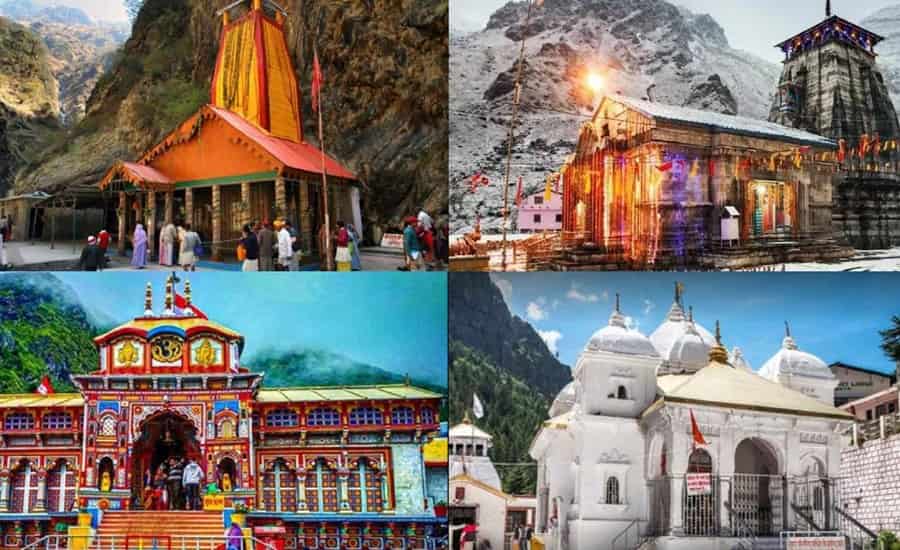
Yamunotri Dham
Yamunotri, located in the Garhwal Himalayas, is one of the holiest places to visit for Hindu devotees in Uttarakhand. It is the origin Point of Yamuna River. It is situated at an elevation of 3293 meters above the sea level.
Gangotri Dham
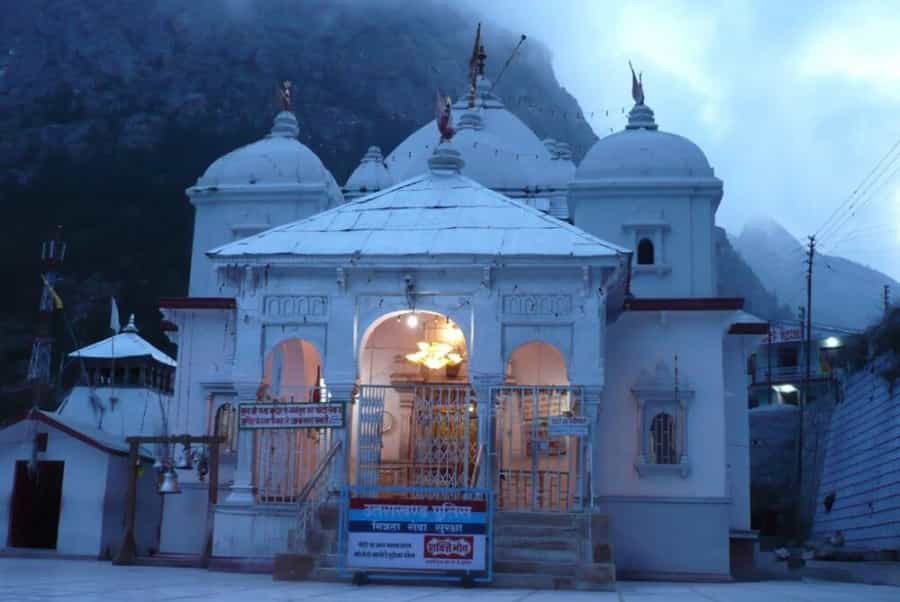
Gangotri, situated in the state of Uttarakhand. The temple is dedicated to Goddess Ganga. This place is the origin point of Goddess Ganga. People take a holy dip in Ganga river to get rid of their sins and purify their mind, body and soul.
Kedarnath Dham
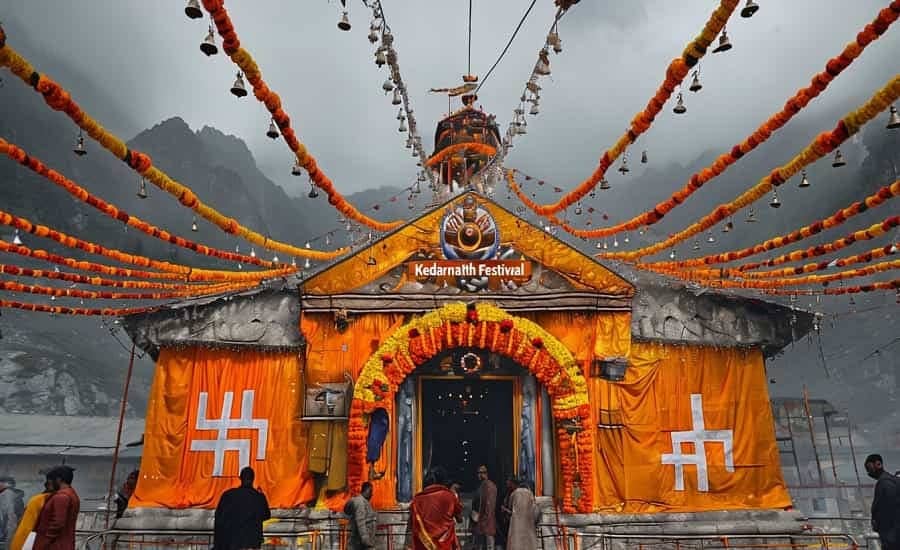
Kedarnath, perched at an altitude of over 11,755 feet in the Garhwal Himalayas is dedicated to Lord Shiva. It is one of the 12 main Jyotirlingas of Lord Shiva in India. Tourist from all over India visit Kedarnath to get the divine blessings of Lord Shiva.
Badrinath Dham
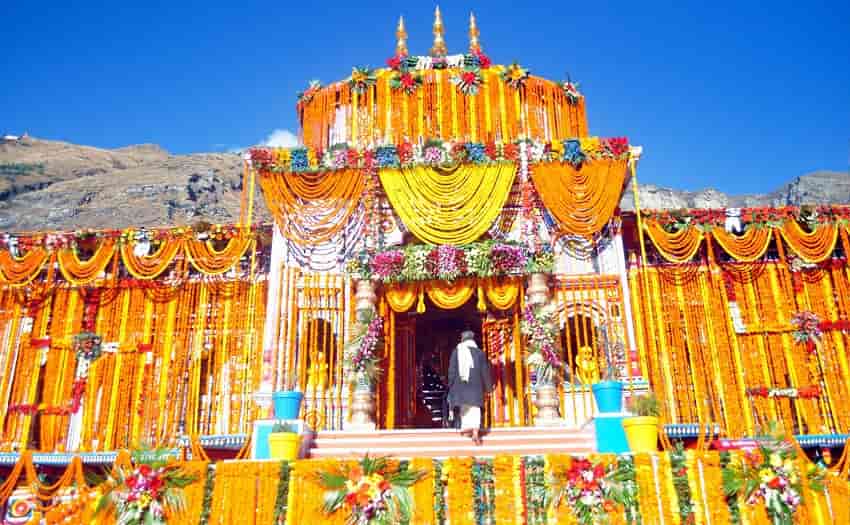
Badrinath, situated in the Chamoli district of Uttarakhand is one of the major pilgrimage destinations of Lord Vishnu. It is nestled between the Nar and Narayana mountain ranges and is one of the Char Dham destinations.
What to Pack for Char Dham Yatra
- Packing for a Char Dhams trip should be considered according to the weather in Uttarakhand regardless of the season.
- The Char Dhams of Uttarakhand require pilgrims to understand that they will experience cool weather no matter which season they choose to explore. People will find sunlight outside yet they need to recognize that there is still need for warm clothes. People must bring several layers of clothing including jackets and sweaters with raincoats for protection from the weather.
- Footwear like sandals or chappals is ineffective when hiking and trekking. When trekking through Himalayan territories always have sturdy boots as your footwear choice. Include an additional set of socks with gloves and extra footwear as emergency conditions may require these items.
- Low oxygen levels in mountain heights cause people to experience both dizziness and weakness during their visits. A personal and basic medical kit that includes essential medicines for climate change should always be carried.
- A scarf or shawl will be needed for religious activities. Religious sites require visitors to wear properly covered clothes.
Significance
The Chardham Yatra offers a transformative spiritual journey through sacred spiritual dimensions. It rejuvenates your soul with divine wisdom and eternal peace. The sacred journey to the four religious sites known as Chardham leads to Moksha (Spiritual salvation). Each of the four sites holds religious importance. Yamunotri Dham is dedicated to Goddess Yamuna while Gangotri Dham is dedicated to Goddess Ganga, Kedarnath worships Lord Shiva and Badrinath honors Lord Vishnu. Pilgrims who perform the Chardham Yatra begin an empowering pilgrimage to receive blessings with spiritual enlightenment.
History and Legends
Historical records show that Adi Shankaracharya established all four sacred shrines during the 8th century as part of his efforts to revive Hinduism. The four shrines maintain distinct historical and mythological stories as part of their collective origin.
- Yamunotri: It is believed that Yamunotri marks the source of the Yamuna River and a holy dip into the river will purify a person of their sins.
- Gangotri: King Bhagirath performed intense penance to bring Ganga River down from the heavens so he could purify the departed spirits of his ancestors.
- Kedarnath: Devotees believe Kedarnath served as the location where Lord Shiva delivered salvation to the Pandavas following their participation in the Kurukshetra War.
- Badrinath: Local legends tell of Lord Vishnu meditating at Badrinath while the divine Mahalakshmi took the form of a Badri berry to create shade for him.
Best Time to Visit
A trip to Char Dhams during April to June and September to October provides ideal weather conditions for daytime sightseeing of spiritual places.
July-August should be avoided for travel as monsoon rains present two major security risks in the form of landslides and flooding, also making traveling to the sites unsafe.
Char Dhams shut their doors to pilgrims in winters because of intense snowfall from November through March. Temperatures in this period reach up to subzero levels. Visiting the Char Dham sites during this time would not be advisable.
Opening Dates of Chardhams 2025
- Opening Date of Yamunotri Dham 2025– April 30th 2025
- Opening Date of Gangotri Dham 2025– April 30th 2025
- Opening Date of Kedarnath Dham 2025– 2nd May 2025
- Opening Date of Badrinath Dham 2025– 4thMay 2025
How to Reach Char Dhams
- By Air: The nearest airport to Chardhams is Jolly Grant Airport in Dehradun. From the airport pilgrims will get taxi, bus or cab to begin their journey to Chardhams.
- By Train: Haridwar and Rishikesh are the nearest Railway stations to reach Chardhams. From train station you will get sharable jeeps, taxi or private cab to begin your Chardham journey.
- By Road: Haridwar and Rishikesh have good road connectivity. You will easily get government or private buses to begin your Char Dham journey. You will also get buses, private taxis, or rental cars from cities such as Delhi, Chandigarh, and Dehradun.
Travel Tips
- Plan in Advance: You need to plan your Chardham Yatra in advance. Planning at the last moment leads to unviability of hotels, tickets etc.
- Health Check-up: A medical consultation should be your first step before beginning this yatra because individuals with existing health problems must seek medical advice specifically. Be sure to have required medications for your ailments during the journey and a fundamental first aid kit.
- Acclimatization: Spend time adjusting to higher elevations because this will reduce the chance for altitude sickness.
- Cash and Essentials: It is essential to bring plenty of cash as ATM machines may not work properly in isolated regions.
- Emergency Contact Information: Create a contact list of important individuals whom you can contact during emergency.
- Travel Insurance: It is better to opt for a Travel insurance which gives coverage for medical emergencies with the protection of trip cancellations and unexpected circumstances.
Final Words
We hope that this post has solved your curiosity regarding Chardham Yatra of Uttarakhand. If you have any queries regarding Chardham Yatra of Uttarakhand then feel free to contact us. We are happy to help.





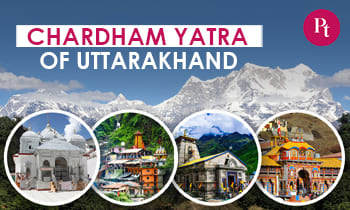

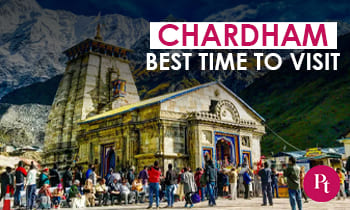

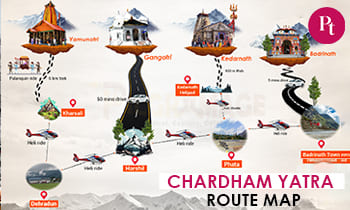

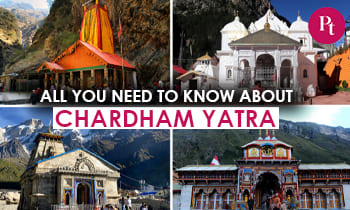


 Call
Call WhatsApp
WhatsApp Enquiry
Enquiry